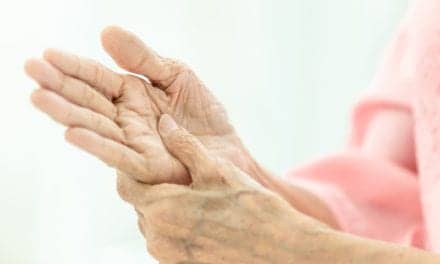New imaging technique uses FAPI tracer to identify fibrotic narrowing in patients with Crohn’s disease
In a recently published study in the journal of Radiology, an interdisciplinary research group at MedUni Vienna has investigated a new imaging technique that may improve the treatment of intestinal strictures.
According to experts, intestinal strictures are a common problem in patients with Crohn’s disease, a chronic inflammatory bowel disease that affects over 20,000 people in Austria. These strictures lead to cramping pain and digestive problems that require treatment. Studies say that while purely inflammatory strictures respond very well to drug therapies, fibrotic narrowing—those associated with irreversible tissue changes—require surgical intervention. However, combinations of inflammation and fibrosis are often present in varying degrees.
In a search for precise imaging methods, a novel nuclear medicine tracer was used as part of MedUni Vienna’s interdisciplinary research work at the University Department of Radiology and Nuclear Medicine. Researchers say that this so-called FAPI tracer binds specifically to the fibroblast activating protein (FAP) of the connective tissue cells that lead to fibrosis in the diseased intestinal wall. Using the new tracer, the study showed a correlation of molecular imaging with the pathological extent of fibrosis could be demonstrated with the utilization of the diagnostic procedure PET-MRI.
“In future, the molecular imaging we have developed could be used to identify those patients who would benefit from surgical intervention at an early stage, thereby sparing them the need for less effective drug therapy for fibroid-stenosis,” explained co-study leader Michael Bergmann from the Department of Visceral Surgery at MedUni Vienna’s Department of General Surgery.
The study, led by the Department of Radiology and Nuclear Medicine, also reportedly involved scientists from the Clinical Institute of Pathology and the Department of Gastroenterology and Hepatology at the Department of Internal Medicine III. Researchers say that follow-up studies are now planned in which the new method will be applied on a larger scale.
“In this context, we shall examine the course of patients with fibroid-stenosis and possible reversibility under new drug therapies,” commented first author Martina Scharitzer from the Department of Radiology and Nuclear Medicine.






